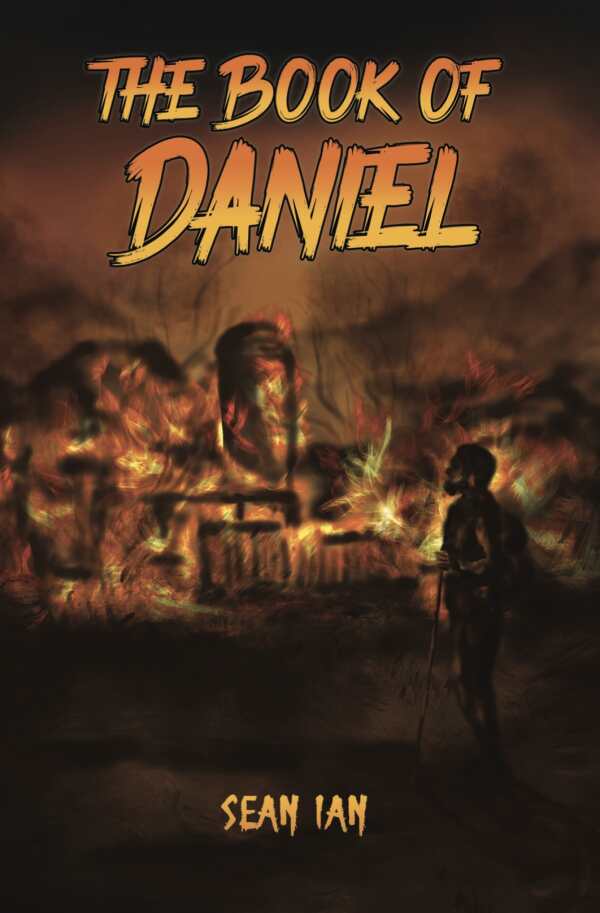The Book of Daniel
The Book of Daniel is a unique coming-of-age story that’s steeped in the paranormal.
Sean Ian’s imaginative novel The Book of Daniel incorporates Gothic horror and the paranormal into an old soul’s coming-of-age story.
A New York delivery room fills with blood. Along with Barbera, who’s in labor, three doctors and a nurse are present; the blood rises above their ankles. Barbera’s baby, Daniel, fights to stay inside her body. Conscious and telepathic even in the womb, he is aware of Barbera’s post-birth suffering. In the NICU, his mind rages at their separation. On the seventh day after his birth, the two are reunited; they rest. It’s the first stage of Daniel’s journey to become who he is meant to be.
Supernatural images flow throughout the book. Some, as with the delivery-room flood, are gory and shocking. Other images are gentler yet still depict destruction. After Daniel crashes the Beast, an animated, love-struck truck, “a pool of sorrow laced with oil” surrounds it, and a single spark, fluttering “like a butterfly,” lands, setting off the truck’s immolation. Figurative language leads to original flourishes elsewhere, as when Daniel’s landlady is described as “all seven dwarves rolled up into a tight little slightly rounded dress.”
The plot includes four conflicts: how Daniel feels about his supernatural powers, how he will individuate from his mother, whom he will love, and how he will find his father. Indeed, the subplot regarding Daniel’s use of his telepathic powers to search for his father, who left town the day after impregnating his mother, is haunting. The man is depicted as a ghost who hovers roadside as Daniel makes the archetypal journey toward realizing his true self.
Daniel’s supernatural abilities are also centered, though he suppresses them to fit in with other grade-school children. But in middle school, when he witnesses his best friend and future love Lilith being assaulted by her father, his infant rage returns, and Lilith’s father falls down dead. Daniel denies his responsibility for the death, but when another death follows from his rage, he must find a way to understand his power.
However, the book’s transitions between scenes are sometimes abrupt, and some dialogue tags are missing or jumbled. Further, a midpoint shift from an omniscient narration to Daniel’s perspective—lasting for one vague, mystical chapter—is jarring. And scenes on a southwestern reservation, where tribal members share knowledge with Daniel, read as far less authentic than others in the book. The book regains its footing once Daniel inhabits Lilith, who is struggling in New York.
Using time travel, telepathy, and strong statements of emotion, The Book of Daniel follows a boy’s heroic journey to claim his true identity and reconcile with his parents.
Reviewed by
Michele Sharpe
Disclosure: This article is not an endorsement, but a review. The publisher of this book provided free copies of the book and paid a small fee to have their book reviewed by a professional reviewer. Foreword Reviews and Clarion Reviews make no guarantee that the publisher will receive a positive review. Foreword Magazine, Inc. is disclosing this in accordance with the Federal Trade Commission’s 16 CFR, Part 255.

